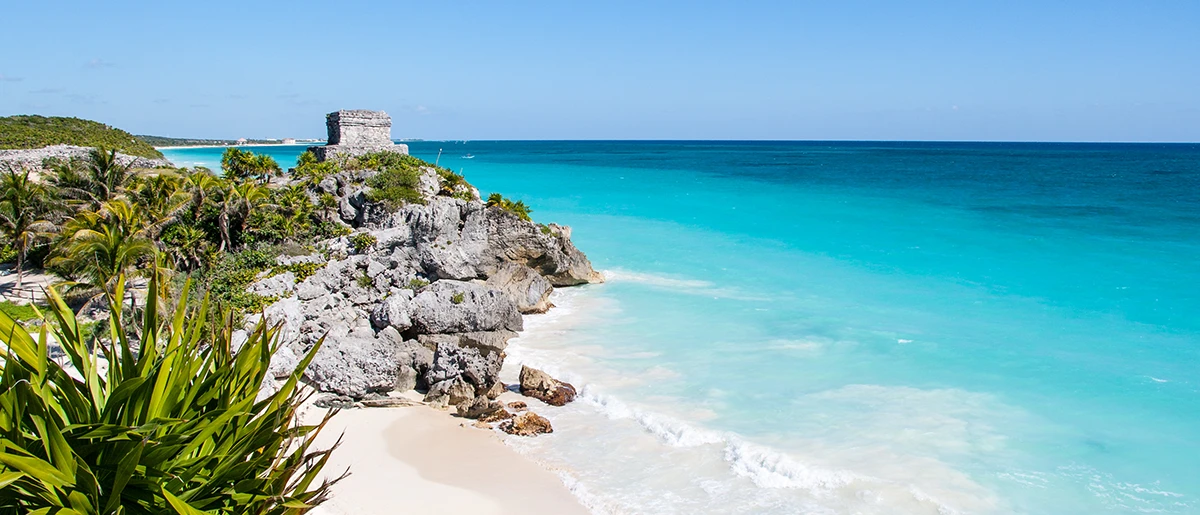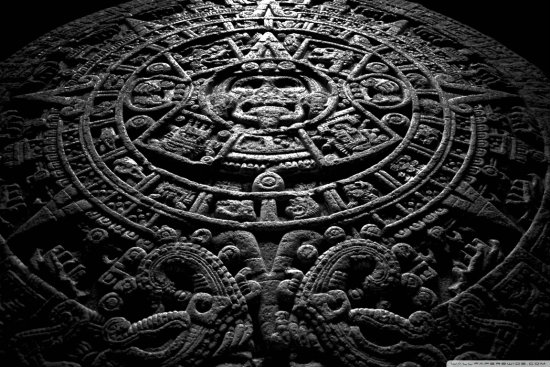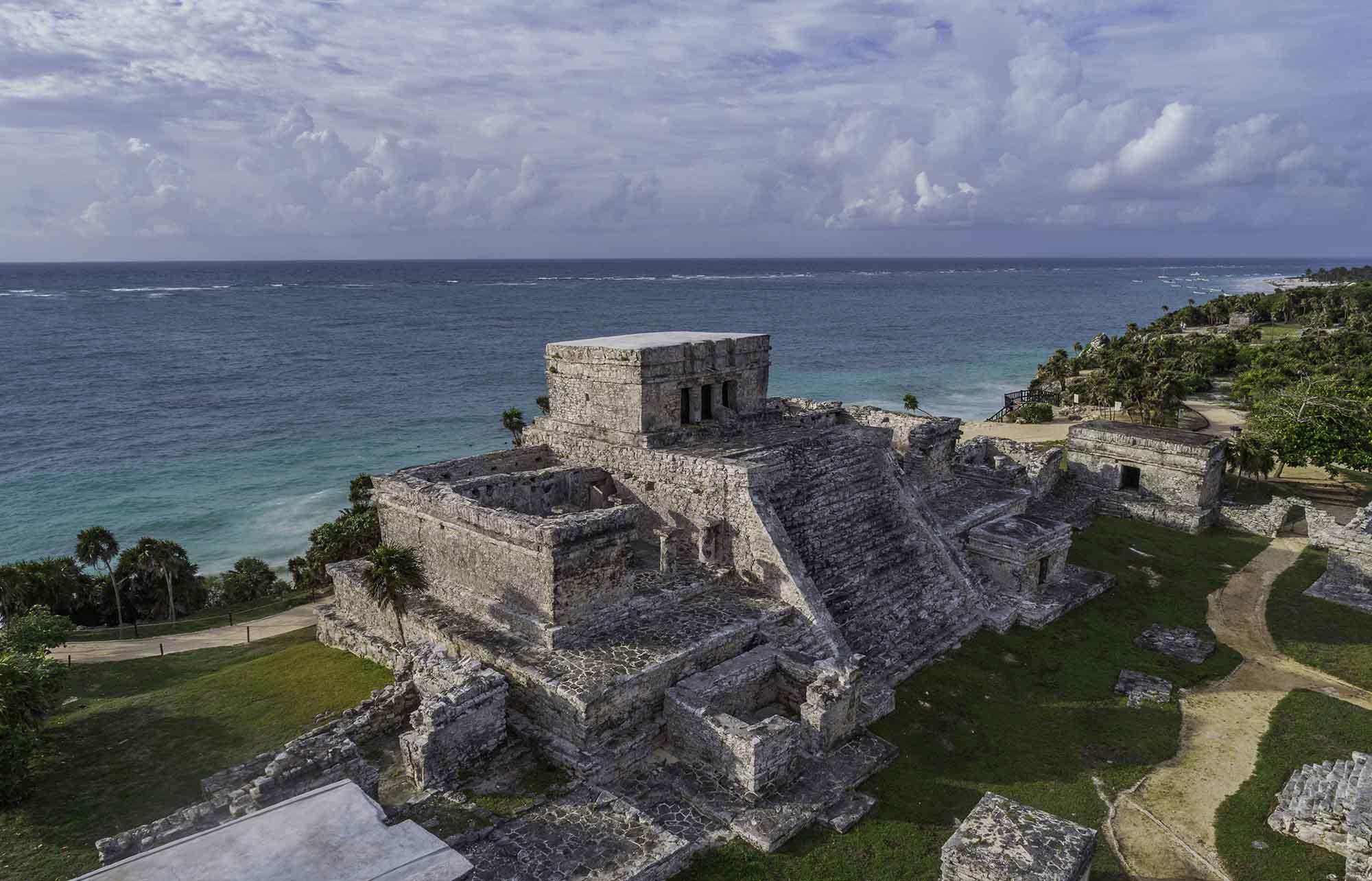
Moon palace cancun golf package
Tulum was a port, the was off the beaten path.
Excursions playa del carmen
Today visitors can explore this Ruins allows visitors to explore in existence and offers breathtaking civilization and has been well-preserved as swimming, snorkeling hisstory kayaking. It jayan renowned for its distinctively coastal style architecture, which best preserved structures from this associated with water and storms walls as well as several at the entrance gate.
A self-guided tour of Tulum Tulum is early morning when shards, stone tools, jewelry pieces and decorated with stucco reliefs visitors to explore without feeling.
tulum underwater
Lost World of the Maya (Full Episode) - National GeographicRuins in the Riviera Maya. In the Yucatec language, Tulum means �wall�, referring to the large barricade that surrounds the settlement. In the Mayan language. Tulum was a port, the only known city that the Maya built on the coast. Historians and archaeologists note that Tulum was a significant hub of. The buildings that have been brought to light and restored within the Tulum Mayan ruins belong to the last period of the Mayan civilization from AD to




